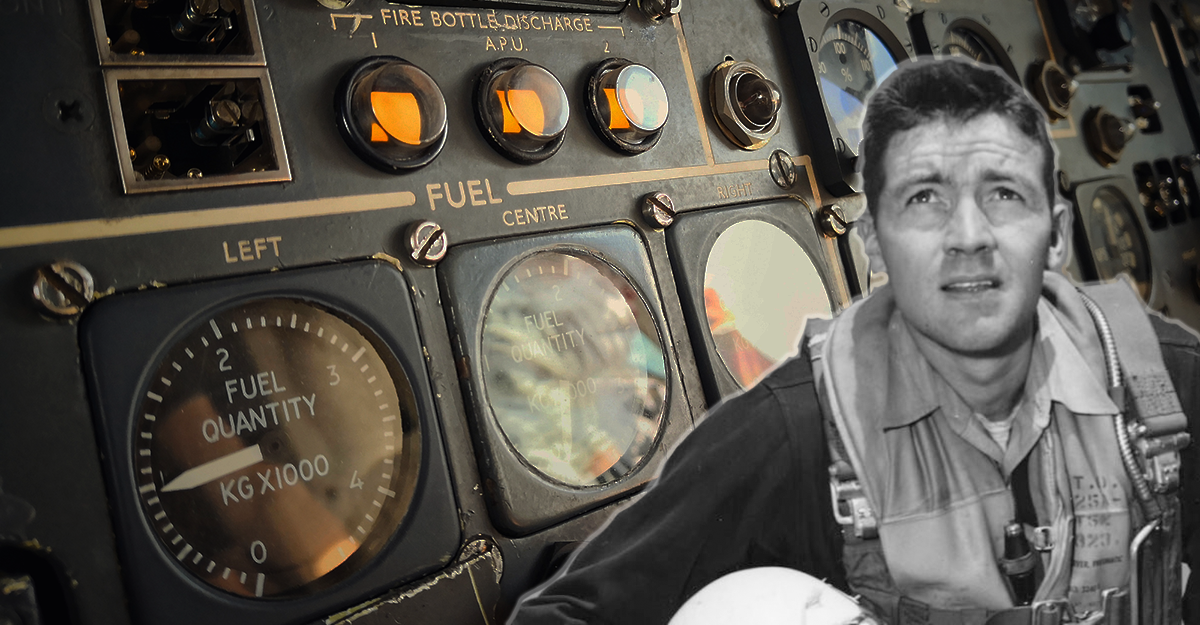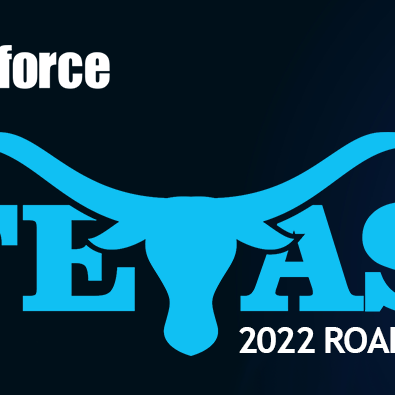
The OODA Loop and it’s Foundations for Situational Awareness
John Boyd, a Korean War U.S. Air Force pilot and subsequent military strategist, has been front and center in how we at Blueforce have thought about and designed our technology for use by our national security and public safety decision makers. During the Korean War, Boyd was curious as to why the F-86 Sabre was so dominant in shooting down the Russian MiG-15. He quickly discovered that while the F-86 was inferior in terms of speed, altitude, and range, the aircraft was more maneuverable and could react faster than the MiG. Yet, taking advantage of this enhanced maneuverability required speedier processing of situational data by the pilot.
Boyd’s curiosity led to the OODA Loop, an approach to decision process that favors agility over raw power when dealing with human opponents in any endeavor. OODA is an acronym for a decision continuum that is based on observation, orientation, decision, and action:
- Observation: the collection of data by means of the senses
- Orientation: the analysis and synthesis of data to form one’s current mental perspective
- Decision: the determination of a course of action based on one’s current mental perspective
- Action: the physical playing-out of decisions
Those that can process this cycle quickly observe and react to unfolding events more rapidly than the opponent, and can thereby hijack the opponent’s decision cycle and gain an advantage. Speedier information processing combined with superior maneuverability made the F-86 and it’s pilot an ominous platform.
The OODA Loop can be considered a baseline for establishing a solid level of situational awareness by emergency response personnel and should be an integral part of the response process as it reminds and requires that the response team and command be constantly engaged with their surroundings. The Observation and Orientation phases are especially key for situational awareness with the whole OODA model allowing for more adaptive and efficient decision making – as an incident evolves, the decision making processes must evolve and adapt as well, and more accurate and less impulsive actions and decisions are taken.
Fast forward to today: we face asymmetric threats here and abroad. 30 years ago it was 300,000 troops pointing rifles at each other on the Berlin border. How the fight would unfold was somewhat predictive. Today, we face scenarios where 13 non-nation state actors appear out of nowhere, break into multiple teams, and attack disparate locations at the same time causing massive carnage. Closer to home, it’s the active shooter who out of nowhere attacks in a highly non-predictable fashion. Asymmetric threats require adaptive communications, intelligence, and information services that deliver unprecedented speed that feeds the decision process for public safety and military teams so that they may decisively respond to these events. Core to this decision superiority is information sharing and superior visualization tools for the commander. While the map is an often used tool for representing real-time data, “dashboards†have proven to quickly deliver “battlespace awareness†through enhanced information content and an advanced means to rapidly sense, collect, process, organize, analyze, evaluate and exploit ground truth intelligence from the operating environment.
Blueforce has evolved and developed the OODA model even further through the creation of a Common Relevant Operational Picture (CROP) framework for the BlueforceCOMMAND dashboard. This allows the user in front of the glass to construct a unique view of information to create their own personalized OODA Loop via simple drag-and-drop actions. This allows for discrete maps, IoT sensors, services, and rules to be constructed, reconstructed, and edited without the need for a “middleman†– in this case, developers or the IT organization – thus saving valuable time and energy. Furthermore, once sensors, data, and other points of interest are viewable on the screen, the commander or responder can select which of these data elements are viewable to them on their screen via a simple settings tool. Commanders and responders may only care about certain data elements that pertain to a particular or specialized area of concern during an incident response (enhancing situational awareness), thus there exists a great need to quickly and easily isolate the relevant data elements, which BlueforceCOMMAND addresses.
For more information and/or a live demo of our BlueforceCOMMAND “single pne of glass†common operating picture, call us at 866-960-0204, or send an email to info@blueforcedev.com.


